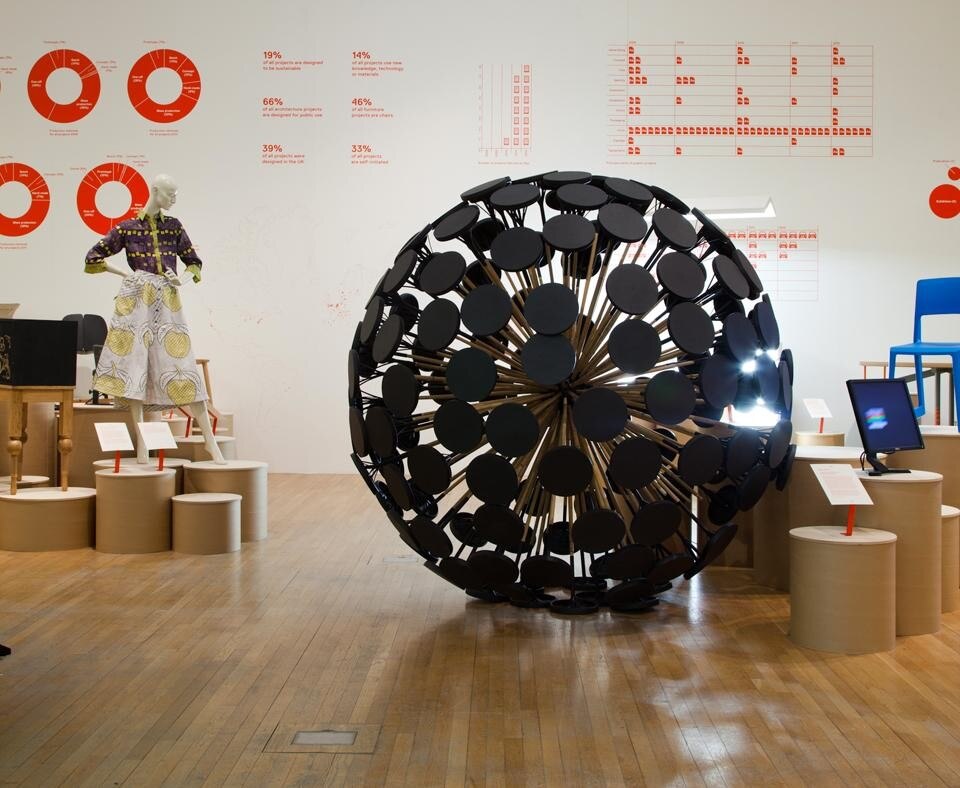Now in its fifth year, this exhibition is once again an accurate snapshot of today's design/s and — although understanding the criteria steering the selection can be a challenge — the award must be credited for favouring single pieces that fuel dreams. The Fashion category, for instance, features the project for the Alexander McQueen exhibition at the Met, Vivienne Westwood's ethical Africa bags and the LN-CC concept boutique; simultaneously, an automatic defibrillator, an earthquake-proof table by Israel's Brutter and Bruno and a spectacular ambulance redesigned by an RCA student — which in a similar Italian selection would have been relegated to a minor category — each find their own space.
Unlike previous years, when the main categories were flanked by fringe themes of the curator's choice — e.g. last year, city, play, education, home and sharing —, this year we find less than piercingly defined motivations that reward selections responding to people's needs, inspired by nature, with hi-tech content or sheer beauty of form. This just goes to show that, when you try and describe the excellence condensed in a product, you rarely manage to say more than the project ought self-evidently to do itself.
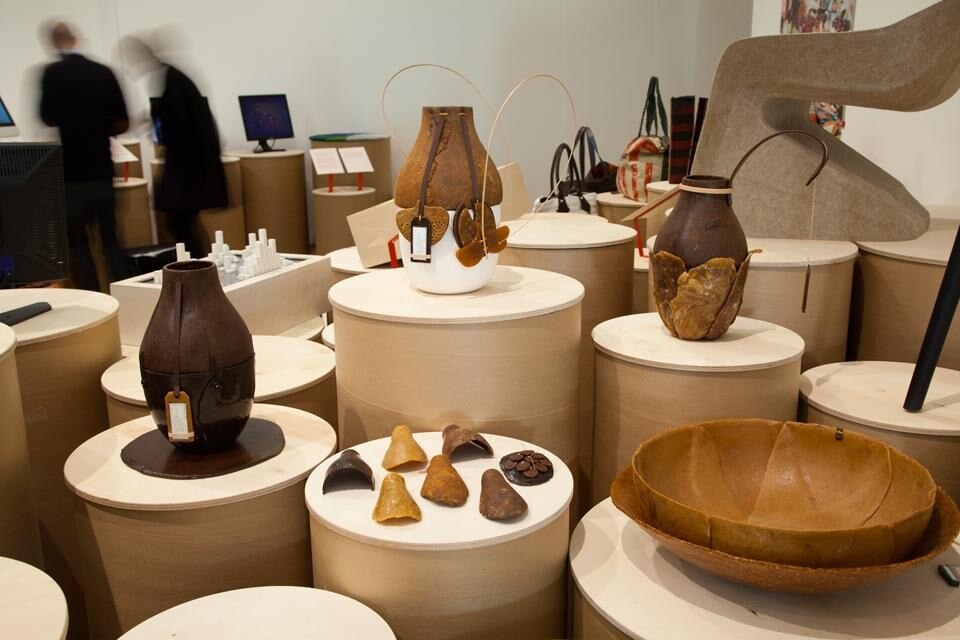
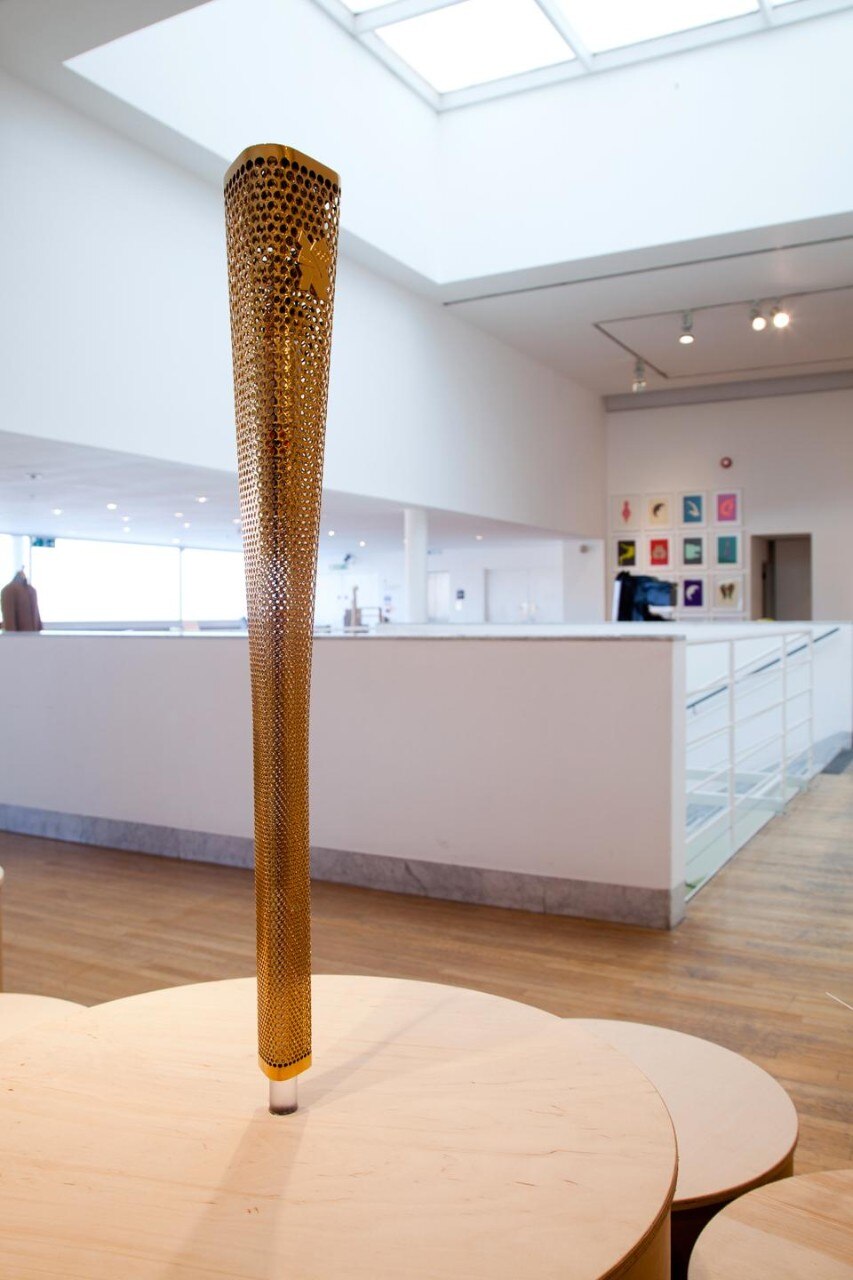
Now in its fifth year, this exhibition is once again an accurate snapshot of today's design/s and — although understanding the criteria steering the selection can be a challenge — the award must be credited for favouring single pieces that fuel dreams
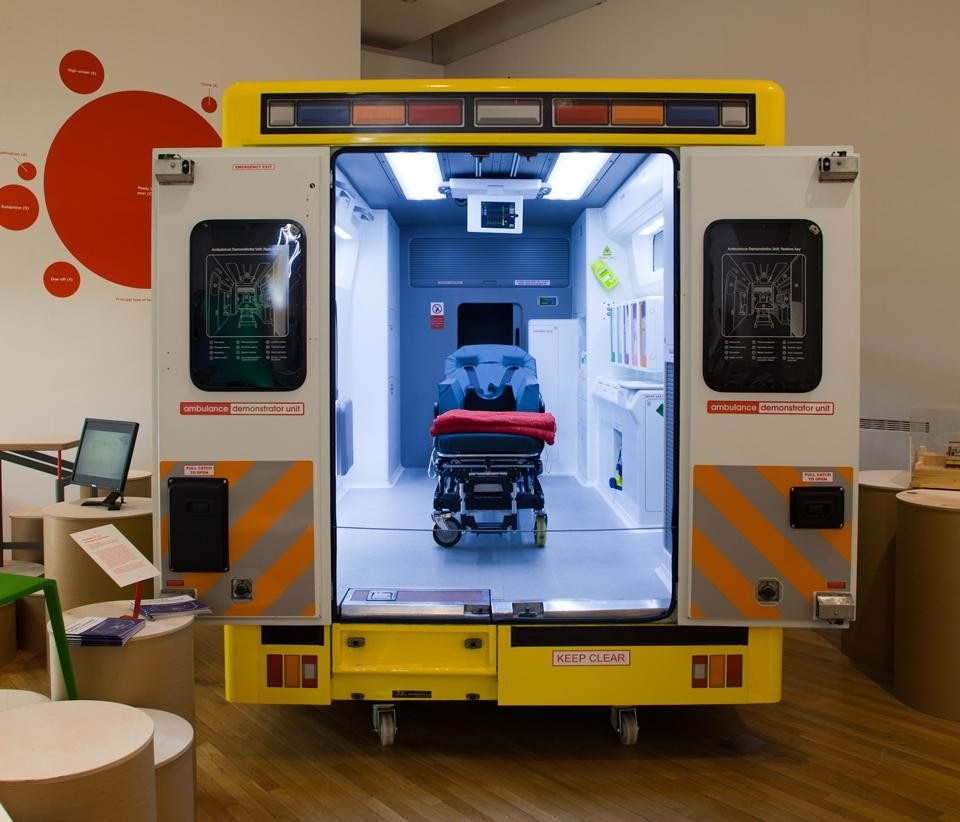
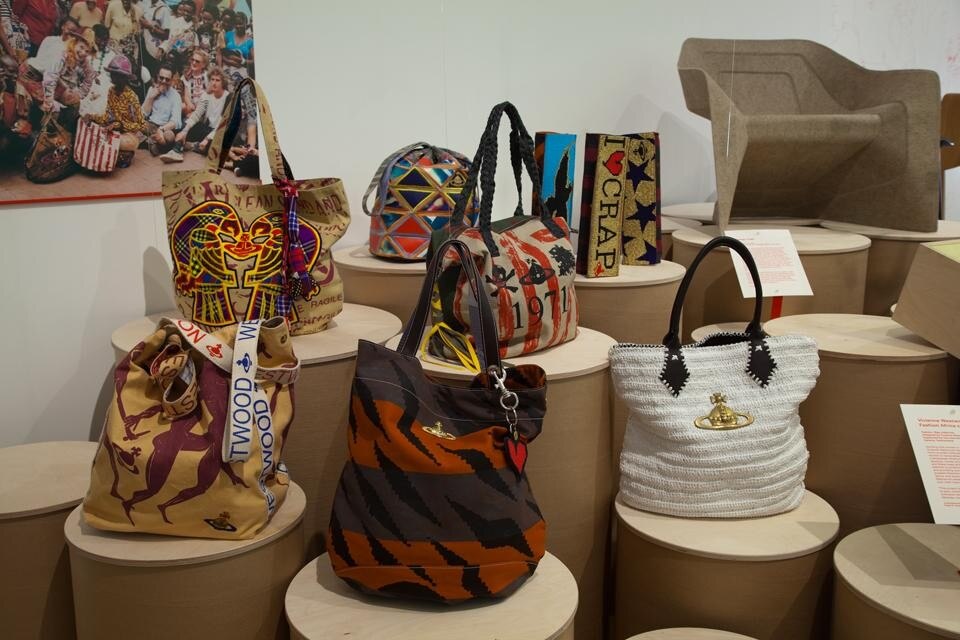
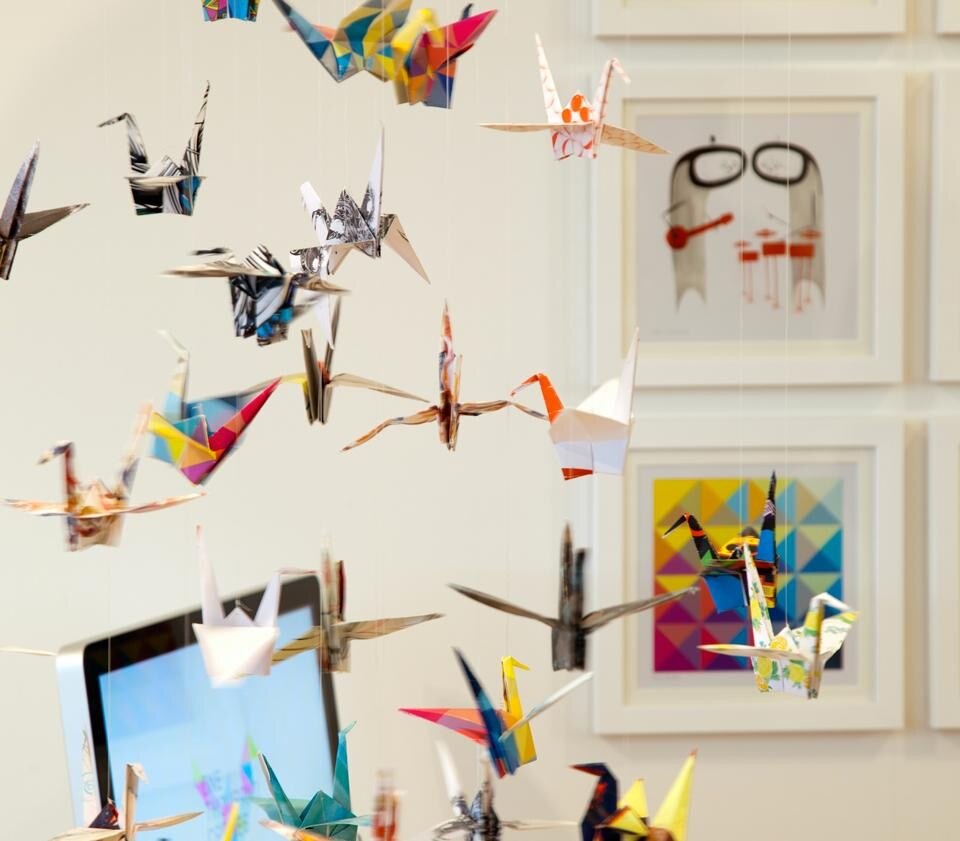
The London 2012 Olympic Torch, UK
Edward Barber and Jay Osgerby, commissioned by the London Organising Committee of the Olympic and Paralympics Games
Category winners:
Architecture Award 2012
London 2012 Velodrome, London, UK
Hopkins Architects
Digital Award 2012
Microsoft Kinect and Kinect SDK
Microsoft Games Studios, Microsoft Research and Xbox, UK and USA
Fashion Award 2012
132 5. ISSEY MIYAKE
Miyake Design Studio, Tokyo, Japan
Furniture Award 2012
1.3 Chair, Balsa Furniture, London, UK
Kihyun Kim
Graphics Award 2012
Nokia Pure Font, London, UK
Dalton Maag
Product Award 2012
The London 2012 Olympic Torch, UK
Edward Barber and Jay Osgerby, commissioned by the London Organising Committee of the Olympic and Paralympics Games
Transport Award 2012
Re-design for Emergency Ambulance, London, UK
Helen Hamlyn Centre for Design and Vehicle Design Department, Royal College of Art
The Design Awards 2012 jury
Ilse Crawford, Evgeny Lebedev, Henrietta Thompson, Hella Jongerious, Sir George Iacobescu
Design Museum
Shad Thames, London
Through 4 July


